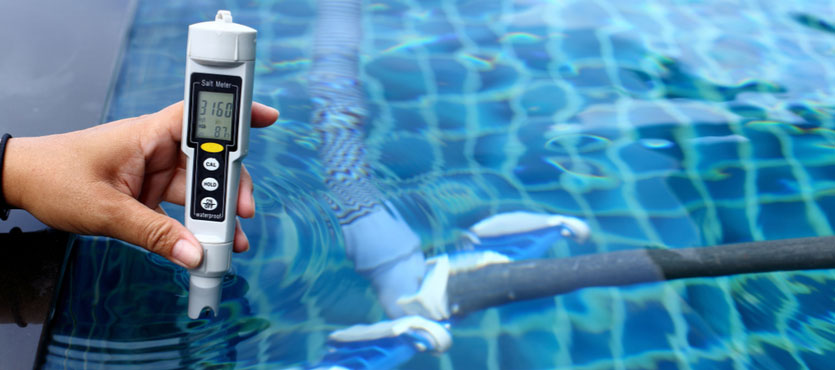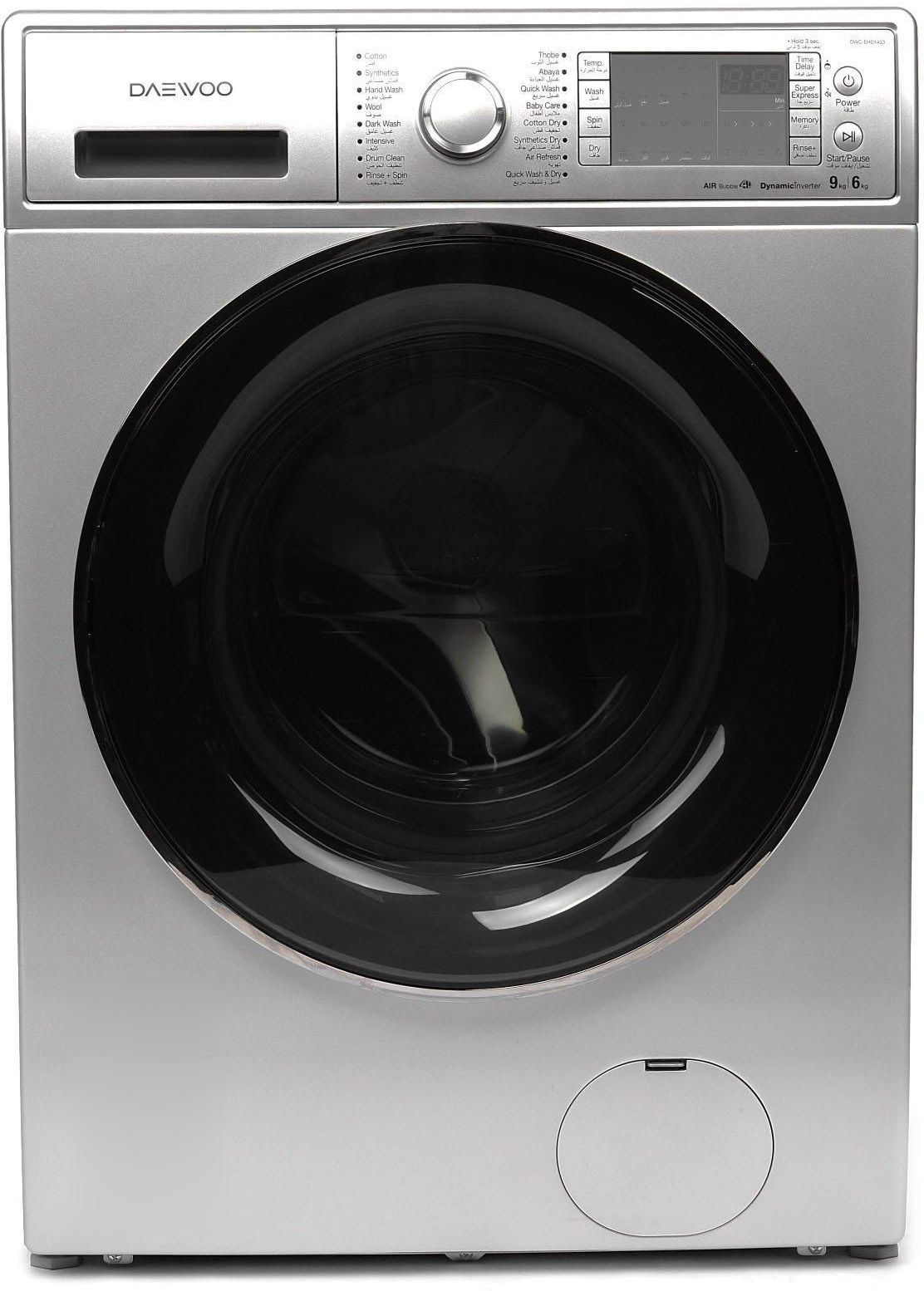Do you own a pool either at your home or at your academy? Then this article is for you. Ever felt some strange odour and irritation to your skin and eyes? Do you know why it happens? That’s probably because you aren’t utilizing a salt cell. There are many traditional methods, like manually putting disinfectants(chlorine, bromine, etc.) in water, which are used by most pool owners. One of the disinfectants, chlorine, has a strong odour and causes irritation on the skin and eyes. The best and most advanced way to clean pools nowadays is by installing a salt cell.
It is a smart way to sanitize water and reduce the amount of salt, enhancing the swimming experience. You’ll learn about the impact the salt cells have on your life.
How Does a Pool Salt Cell Work?
While the workings of a Salt Cell for pool replacement might appear complex, they’re actually quite si-+mple to understand. Salt cells function by converting salt into chlorine, which effectively eliminates bacteria and other harmful microorganisms. Here’s a breakdown of the steps involved in transforming saltwater into clean water.
● Saltwater from the pool containing salt (sodium chloride) enters the salt cell.
● An electric current zaps the salt water, breaking down sodium and chlorine. Chlorine is converted in the gas form.
● Chlorinated or disinfected water is then returned to your pool.
This method is hassle-free compared to the traditional method of adding disinfectants to the water.
What Are The Benefits of Pool Salt Cells?
Do you manually add disinfectants to your pool water? Isn’t that a hassle? To eliminate this, pool salt cells were introduced and have become increasingly popular over the years. Their advantages, from sanitization to creating a smooth swimming environment, are truly helpful.
1. Hygiene: Pool salt cells are a gentler alternative to traditional chlorine. Traditional methods are hectic and harmful. Salt cells generate an adequate amount of chlorine that only kills bacteria from the water, resulting in a less harsh experience for hair, skin, and eyes than manually adding chlorine. Since chlorine remains essential for preventing algae growth, pool salt cells help maintain clean and sanitized water.
2. Consistent chlorine: Say goodbye to the chlorine rollercoaster by manually adding mild chlorine one day and excessive another. Unlike manually putting less or more disinfectants in the pool, salt cells help produce a consistent amount of chlorine every time. It ensures continuous sanitation, preventing harmful microorganisms.
3. Long-term cost saving: While installing salt cells might be slightly more expensive than traditional methods, it has long-term cost savings and benefits. It reduces the amount of chemicals needed and the frequency of maintenance. Once installed, it doesn’t require much cost to maintain it.
4. Smooth swimming experience: Salt cells help ensure that the swimmer has a smooth environment to swim in. They decrease the amount of salt in water, which helps to be gentle on the eyes and skin. They also make the water softer, which helps the swimmer swim smoothly in the water.
Overall, salt cells help provide hygienic and algae-free pool water. Being a pool owner, you can also free up time by installing these salt cells. You won’t have to make efforts to maintain sanitization in the pool frequently.
Replacement for Salt Cells
These easy-to-maintain salt cells have a lifespan of 4 to 7 years and need to be replaced after a long period of time, depending upon the maintenance and quality. This investment must be maintained properly if you want to use it for years. Pool salt cell replacements are important after some years as they can lose efficiency. However, to determine whether the salt cells are working efficiently, you can inspect the quality of the water. Many factors must be considered before replacing them.
Signs: It’s time to replace!
If you cannot determine whether to replace your salt cells or not, consider the following points:
1. Algae growth
You observe slippery floors and algae growth in your pool despite regular maintenance.
2. Less chlorine production
Your pool doesn’t look clean and is hurting your skin or eyes.
3. Visible damages
If the salt cell has cracks or other visible damage, it can be repaired, or it may have to be replaced.
4. Used till maximum lifeline
Consider replacing for optimal performance if used till maximum lifeline.
Additional Tips
- Consider seeking a professional pool technician or service provider to inspect your salt cell
- If the salt cell is inspected and needs to be replaced, ask a professional pool technician to do so rather than DIY.
- Consider more options regarding which service provider to go with. Faith in your current service provider is good, but don’t just sway away in emotions. Gather a handful of options and then consider whether you should go with your current or some other service provider. Take your decision wisely.
Final words!!
Owning a pool is hectic; it gets dirty and unhygienic soon. But imagine a clean, sanitized and fully maintained pool. Isn’t it what you want? Salt cells are there to get you this comfort, which is a win-win situation. It reduces long-term costs and your efforts to maintain. Creating a more relaxing and enjoyable swimming experience for everyone. Delve into the world of salt cells. You can search it online to explore more options. Investing in these salt cells might be your best option. Once you get it, your pool and swimmers will thank you.





